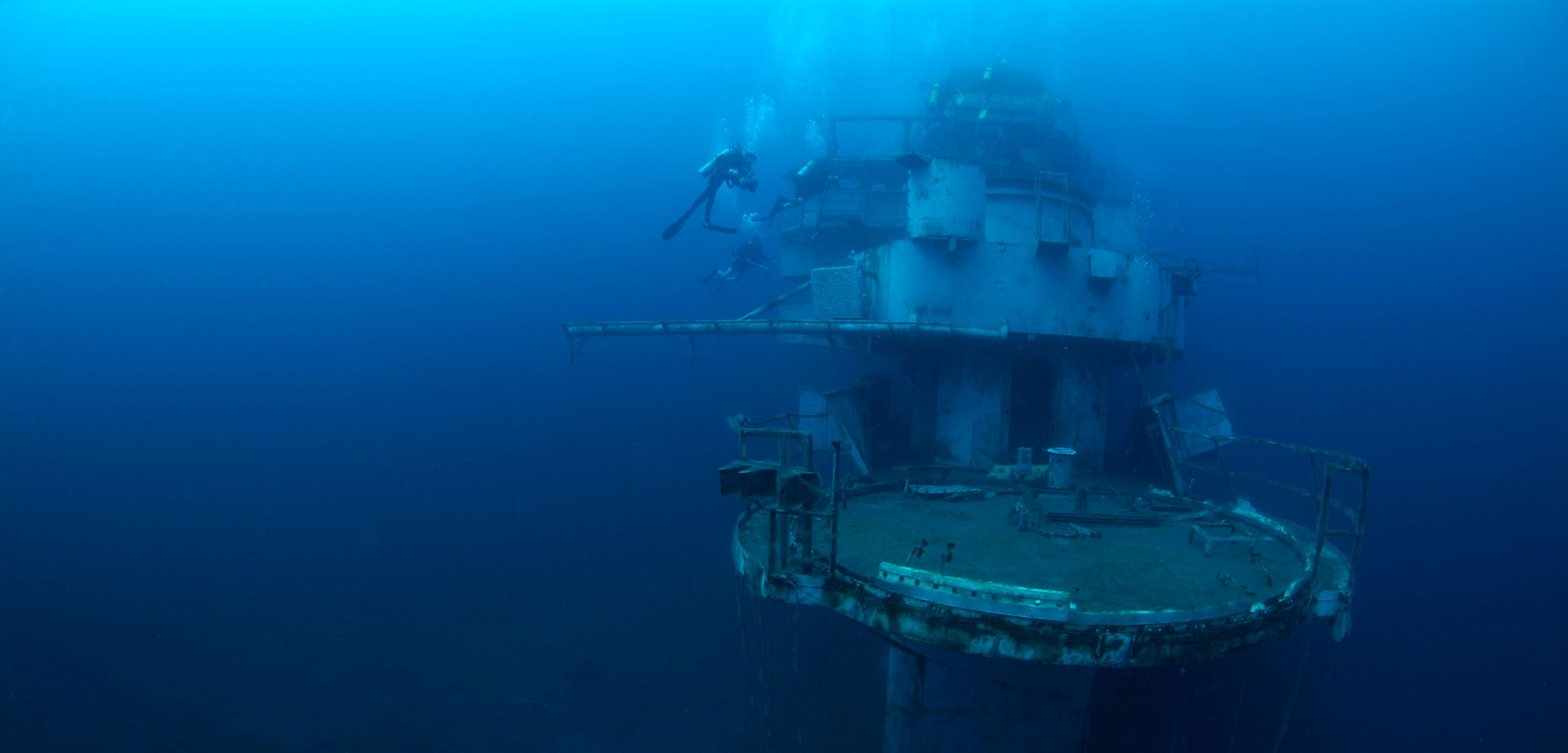Oil Spills Are Bad for Shipwrecks
By enhancing microbial activity, oil spills may speed up the corrosion of historical shipwrecks and artificial reefs.
Article body copy
The German submarine U-166 sunk in a fierce battle in the water off Louisiana 76 years ago. Now, the submarine may be dying a slow second death.
In 1942, the U-166 had just sunk the American passenger vessel Robert E. Lee when it was hit by depth charges from a US patrol ship. At the time, the patrol ship failed to confirm the sinking, but the wreck was discovered during a 2001 survey by oil and gas companies BP and Shell.
For decades, the wreck sat on the seafloor, corroding slowly in the salt water. New research by Jennifer Salerno, a microbiologist at George Mason University in Virginia, however, suggests that this and other wrecks in the Gulf of Mexico may be degrading much more quickly than expected. The cause? Oil from spills such as that of the Deepwater Horizon, which released four million barrels of oil into the Gulf of Mexico in 2010.
In laboratory experiments, Salerno and her colleagues showed that the type of carbonized steel used in the U-166, the Robert E. Lee, and many others corrodes more quickly in water laced with oil in concentrations equivalent to those in the water following the Deepwater Horizon disaster.
While they aren’t sure of the mechanisms involved, Salerno says oil may enhance the growth of microbes that metabolize sulfur compounds in oil, producing corrosive hydrogen sulfide.*
Salerno is quick to caution that her findings might not translate to real shipwrecks. Her tests were conducted in a lab, and the conditions in the sea may vary in terms of microbial makeup, salinity, and temperature. But if oil spills do accelerate the degradation of shipwrecks and other steel structures, the consequences could be profound.
Salerno says 2,000 shipwrecks are documented in the Gulf of Mexico, many of which may have been affected by the Deepwater Horizon leak. And in all US waters, she says there are as many as 20,000 wrecks, many of them near areas with underwater oil drilling.
Aside from being cultural or historical artifacts, many wrecks like the U-166 are maritime graves. But Salerno says these wrecks play another role as artificial reefs.
If the steel that undergirds these reefs rots away, it could damage the marine ecosystems they host, says Melanie Damour, a marine archaeologist with the US Bureau of Ocean Energy Management and one of the leaders of the project looking at the effects of the Deepwater Horizon spill on shipwrecks.
“The loss of historic shipwrecks due to enhanced corrosion would not only lead to the irretrievable loss of archaeological information, there would be ecological repercussions as well when these artificial reef systems collapse and impact the marine life that settled upon them.”
*Correction: This sentence originally said microbes oxidize iron and produce hydrogen sulfide—an inaccurate description of the mechanism involved.

